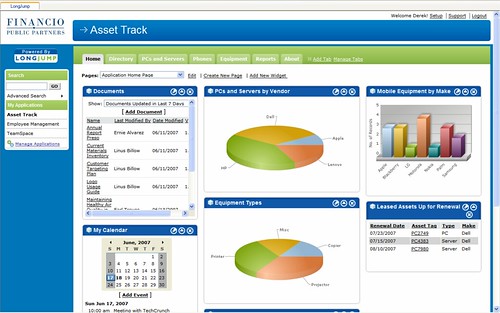Another vendor-proposed session (Plaxo), but no formal presentation and not at all around Plaxo’s stuff so not really commercial at all.
The issue is all the multiple unlinked social networks to which we all belong, most of which aren’t open to data extraction or mashup in any way. For example, Facebook will link to a couple of different online address books (such as Gmail) to see if any of your contacts are already on Facebook, but there’s no programmatic way to do the same so that you could, for example, check to see if any of your LinkedIn contacts are also on Facebook (something that I’m checking out a lot lately as more business contacts start to find me on Facebook).
Most of the social networks are very much walled gardens, with no way to even get your own information out. LinkedIn allows you to download each individual’s contacts in as a vCard, but doesn’t allow for bulk export or API access to that data.
We listed data that should be opened up (i.e., made more easily accessible) in social networks:
- My profile
- Who I know
- Friends’ content
- Permissions that I’ve set on people/objects (which might include some implied categorization, like the Flickr family/friends subsets)
- Attention or activity with contacts
We also discussed some of the problems with social networks, such as how you add people to your network but rarely delete them even if you never interact with them any more because that seems a bit harsh to just dump them from your network.
Getting back to the “set my data free” problem, there’s really a need for standards that would allow data to flow between sites that I allow to communicate. Although Plaxo provides some of that functionality, it’s not an open standard and it doesn’t interact with most of the social network sites; possibly something like Plaxo could be used to broker the data and relationships between these sites. LinkedIn’s toolbar for Outlook does a bit of this too, by allowing you to easily link up what you have in Outlook with what you have in LinkedIn; again, it’s not open and only covers that pair of data sources.
One issue is how to recognize the same person across sites: email address is most commonly used, but not perfect because many people use different email addresses for different sites, like a business email on LinkedIn and a personal email on Facebook.

